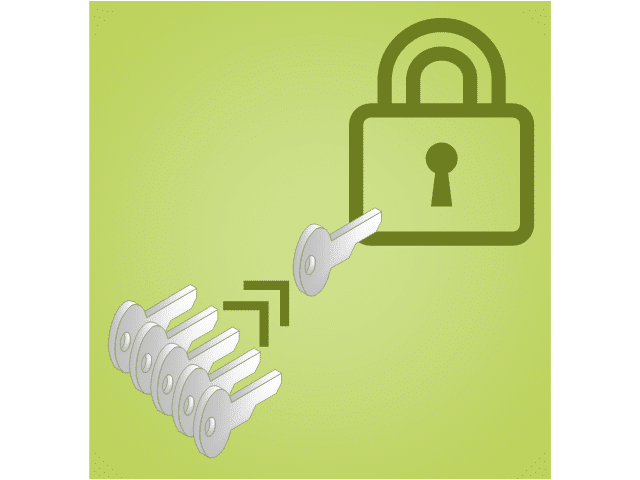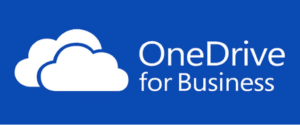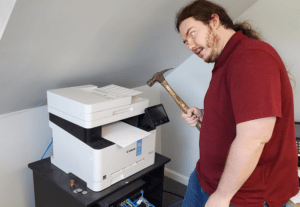What is Multi-Factor Authentication (MFA)?
MFA adds an extra step when you log into your accounts — something beyond just a password. It might be a one-time code sent to your phone, a fingerprint scan, or a number generated by a security app.
Think of it like locking your door — and then adding a deadbolt and an alarm. Even if a hacker steals your password, they can’t get in without that second key.
How MFA Works: A Simple Example
Say you’re logging into your online banking:
-
-
You enter your username and password — the first layer.
-
The bank texts a unique code to your phone.
-
You enter the code to complete the login.
-
Now, even if someone guesses or steals your password, they still need your phone to break in. Without both pieces, they’re locked out.
Why MFA is Critical to Your Security
-
-
Passwords get stolen every day. Hackers buy and sell leaked passwords on the dark web.
-
Most people reuse passwords across multiple sites. One breach could open the door to all your accounts.
-
With MFA, a stolen password alone isn’t enough. Your accounts stay locked down — even when passwords slip.
-
Protecting your business, finances, and personal information takes more than just a “strong password.” It takes layers. MFA is the layer that stops the break-in.
The Different Types of MFA You Can Use
You have options — and the more layers you add, the safer you are:
-
-
Text message or email codes — A code sent to your phone or inbox.
-
Authenticator apps — Like Google or Microsoft Authenticator or Authy, generating time-sensitive codes.
-
Biometric security — Using your fingerprint, face, or voice to verify you.
-
Hardware security keys — A physical USB device for maximum security.
-
Combining these methods makes it almost impossible for anyone else to access your accounts.
How to Set Up MFA Today (Quick Action Steps)
It’s faster and easier than you think:
-
-
Check your bank, email, and social media account settings.
-
Turn on “Two-Factor Authentication” or “Multi-Factor Authentication.”
-
Choose to receive codes via text, email, or a trusted authentication app.
-
Download an app like Google Authenticator, Authy, or Microsoft Authenticator.
-
Test it once to make sure it’s working.
-
That’s it — a few minutes now can save you massive headaches later.
Final Thought: Don't Wait to Get Protected
A stolen password shouldn’t destroy your finances, your business, or your peace of mind.
Multi-Factor Authentication locks down your accounts — and gives you back control.
Take five minutes today to set it up. Stay safe. Stay secure. Stay ahead.




